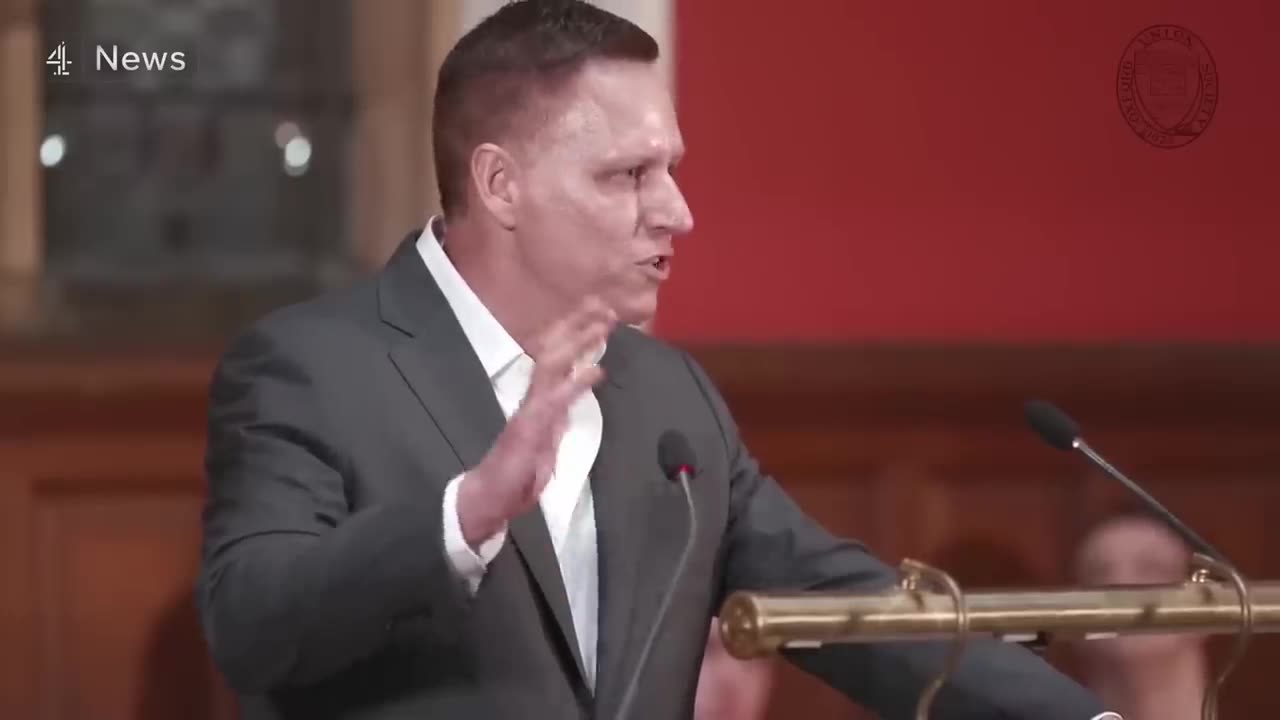Premium Only Content

"The AI Arms Race: How the Russia-Ukraine Conflict is Catalyzing AI Warfare"
The ongoing conflict between Russia and Ukraine has indeed led to significant advancements and developments in AI warfare. Here's a description of how the Russia-Ukraine war is supercharging AI warfare:
Data Collection and Analysis: The war has provided a large amount of real-time data, including intelligence reports, satellite imagery, social media posts, and battlefield information. This wealth of data is being utilized to train and refine AI algorithms for various purposes, such as predictive analysis, target identification, and situational awareness.
Autonomous Systems: The conflict has accelerated the deployment of autonomous systems on the battlefield. Unmanned aerial vehicles (UAVs), ground robots, and autonomous weapons systems are being extensively used by both sides to gather information, conduct surveillance, and even carry out offensive operations. These systems are becoming more sophisticated and capable, leveraging AI for decision-making and target selection.
Cyber Warfare: The Russia-Ukraine war has witnessed an escalation in cyber warfare, with both sides employing advanced hacking techniques and AI-driven cyber attacks. AI algorithms can be used to scan and analyze vast amounts of data, identify vulnerabilities, and launch targeted attacks. This includes activities like disrupting critical infrastructure, manipulating information, and conducting disinformation campaigns.
Weapon Systems Enhancement: AI is being utilized to enhance existing weapon systems, making them more accurate and efficient. Machine learning algorithms are being employed to improve targeting systems, optimize trajectory calculations, and enhance the effectiveness of artillery, missiles, and other weapons. AI can also assist in real-time threat assessment, enabling quicker decision-making during combat situations.
Countermeasures and Defense: The Russia-Ukraine conflict has prompted the development of AI-driven countermeasures and defense mechanisms. AI algorithms are used to analyze patterns, predict enemy actions, and identify potential threats. This information can be utilized to develop advanced defense systems, such as anti-aircraft systems, anti-drone technologies, and improved electronic warfare capabilities.
Psychological Operations: AI is playing a significant role in psychological operations (PsyOps) during the conflict. AI-powered algorithms are being employed to analyze social media trends, public sentiment, and propaganda dissemination. This information is then used to tailor targeted messages, manipulate public opinion, and spread disinformation to influence the perception of the conflict both domestically and internationally.
Humanitarian Assistance and Relief: AI technologies are being leveraged to aid in humanitarian assistance and relief efforts. Natural language processing algorithms can be used to analyze distress calls, social media posts, and satellite imagery to identify areas requiring immediate assistance. Autonomous drones can deliver essential supplies and provide situational awareness for rescue and relief operations.
It is important to note that while the Russia-Ukraine war has fueled advancements in AI warfare, the consequences of these developments are complex and can have far-reaching implications for international security and ethics. The international community continues to grapple with the regulation and responsible use of AI in the context of armed conflicts.
-
 1:22
1:22
SLS - Street League Skateboarding
3 hours agoAkio Homma on Instant Skateshop and the future of Japanese Skateboarding - Kona Spotlight
26.1K1 -
 21:41
21:41
BlackDiamondGunsandGear
3 hours ago $0.16 earnedAnderson Kiger 9mm / Range Review / First Impressions
5.74K2 -
 3:37:28
3:37:28
SOLTEKGG
4 hours agoMorning coffee w/ Soltek
15.4K -
 1:27:01
1:27:01
Tate Speech by Andrew Tate
5 hours agoEMERGENCY MEETING EPISODE 94 - SOUTH KOREAN BBQ
191K55 -
 1:56:07
1:56:07
The Quartering
5 hours agoWoke Snow White Trailer Savaged, South Korea Marshall Law, Woke Journo Humiliated & CocaCola Roasted
73.4K12 -
 1:17:50
1:17:50
Russell Brand
6 hours ago"NO ONE IS ABOVE THE LAW! - Just When You Thought It Couldn’t Get Crazier! – SF506
151K155 -
 2:01:36
2:01:36
vivafrei
5 hours agoRay Epps Fed-Surrection Cover-Up? Hunter Biden Pardon Fallout! Plan-Demic Failures & MORE!
71.2K52 -
 16:22
16:22
Clownfish TV
3 hours agoMSNBC Has WORST Ratings in 20 Years! Rachel Maddow BEAT by Ancient Aliens RERUNS?!
25.4K7 -
 27:46
27:46
Goose Pimples
9 hours ago7 Ghost Videos SO SCARY You’ll Call in Sick Tomorrow
16.2K1 -
 1:28:31
1:28:31
TheMonicaCrowleyPodcast
3 hours agoThe Monica Crowley Podcast: Pardon Me?
12K4